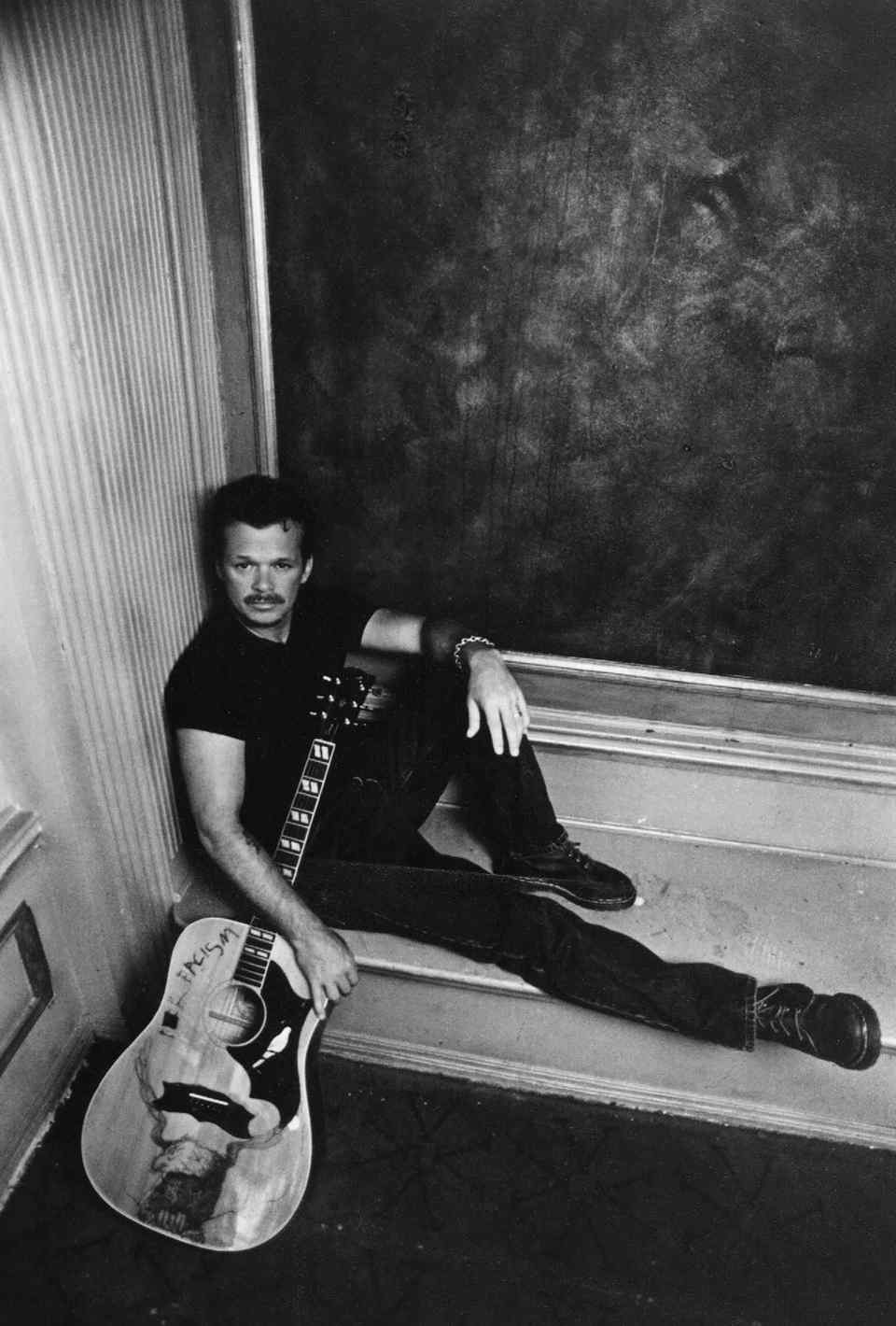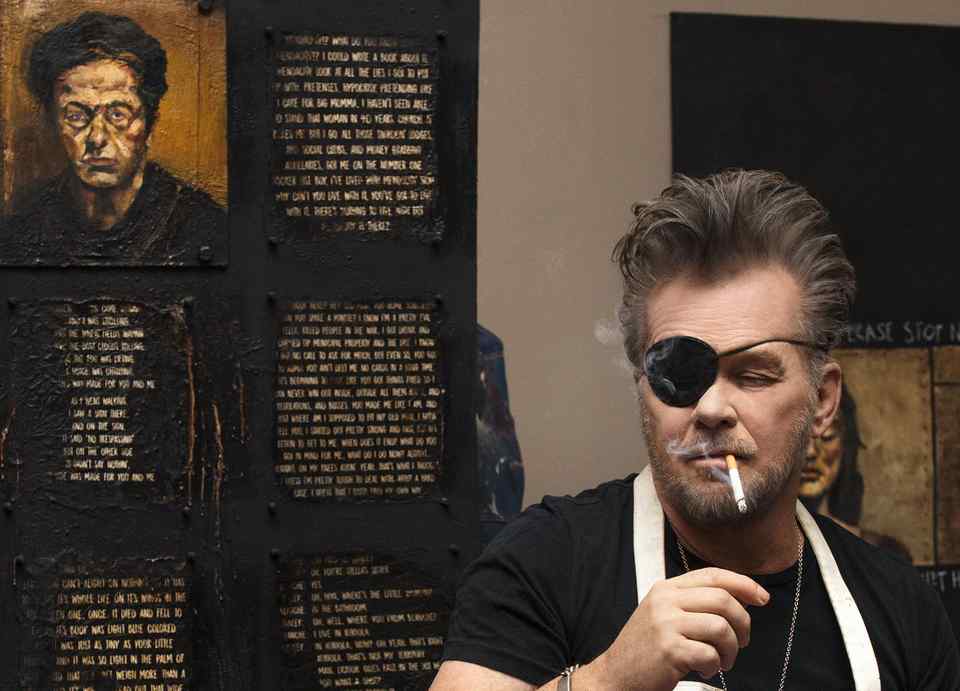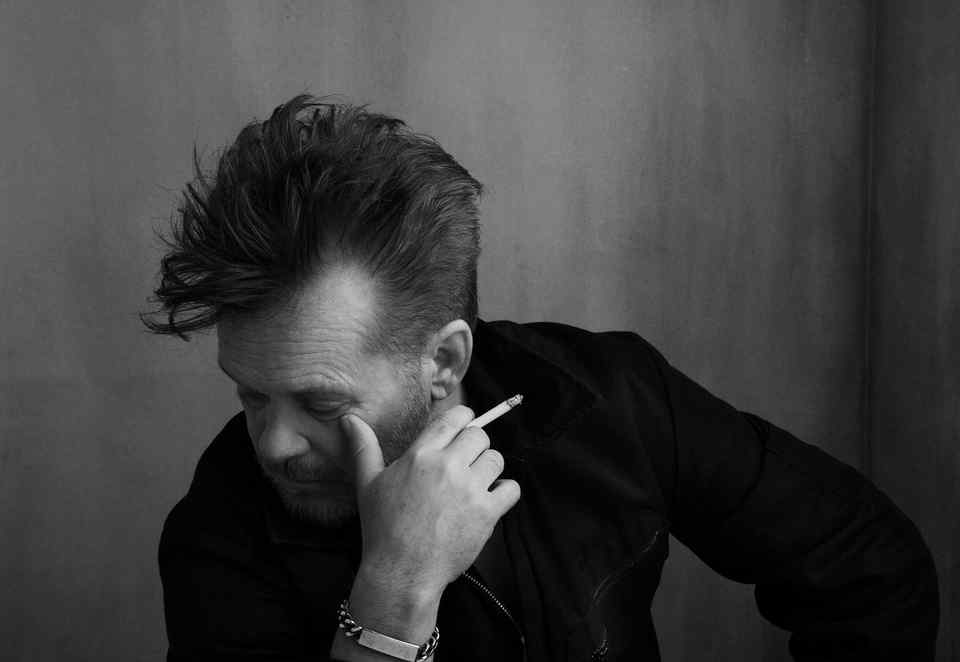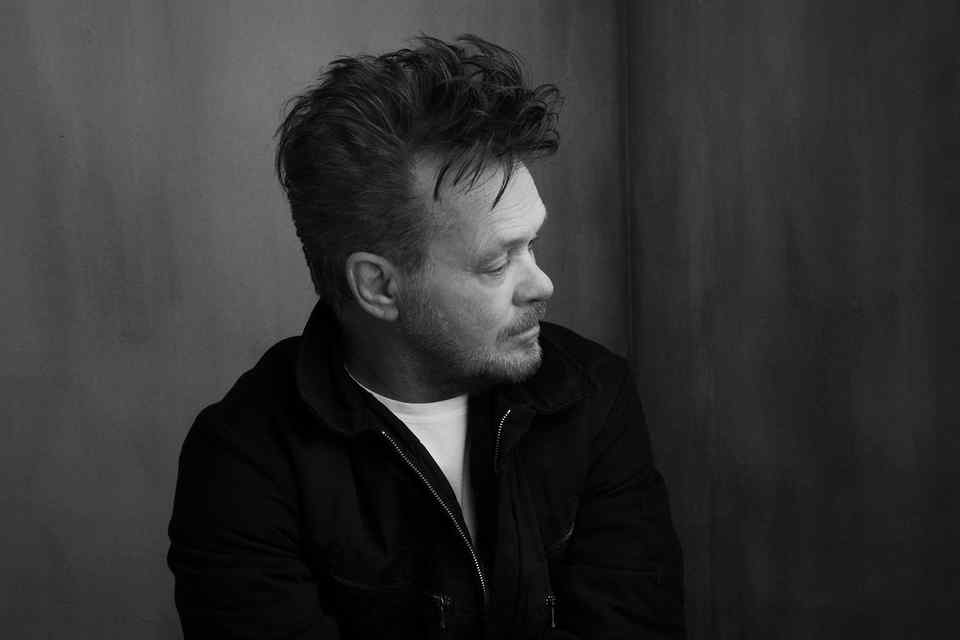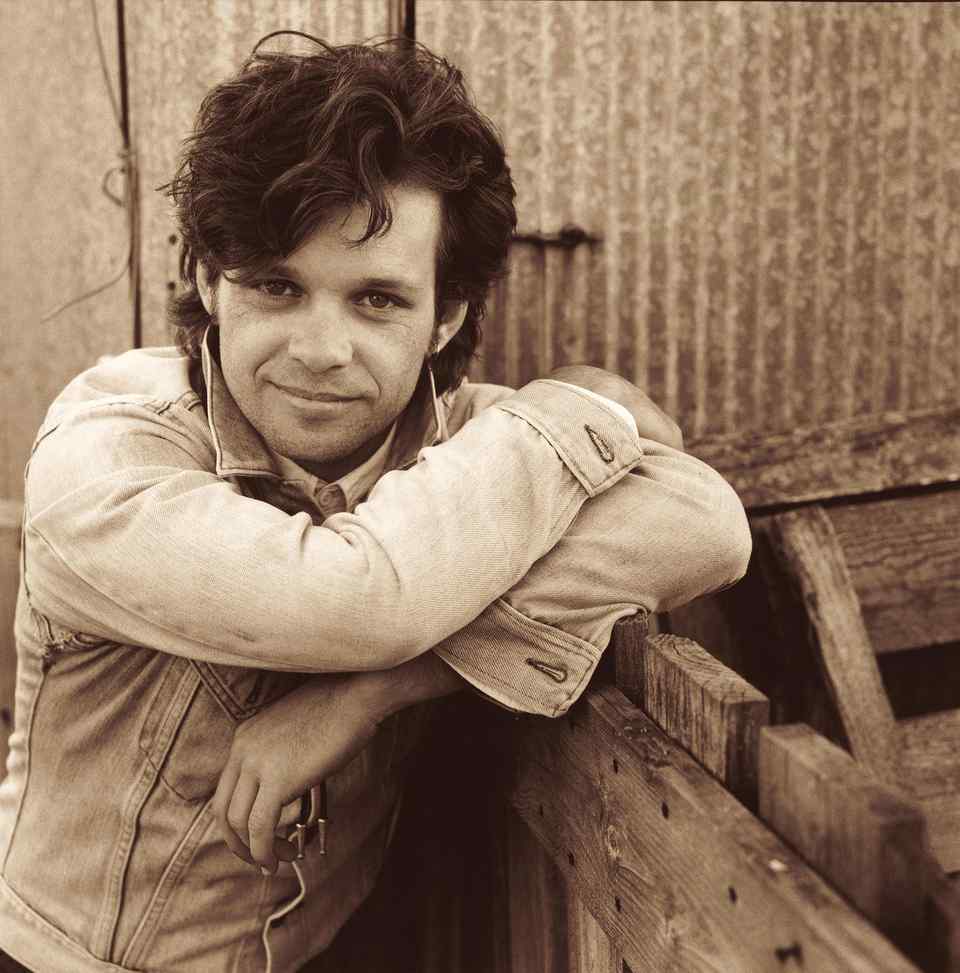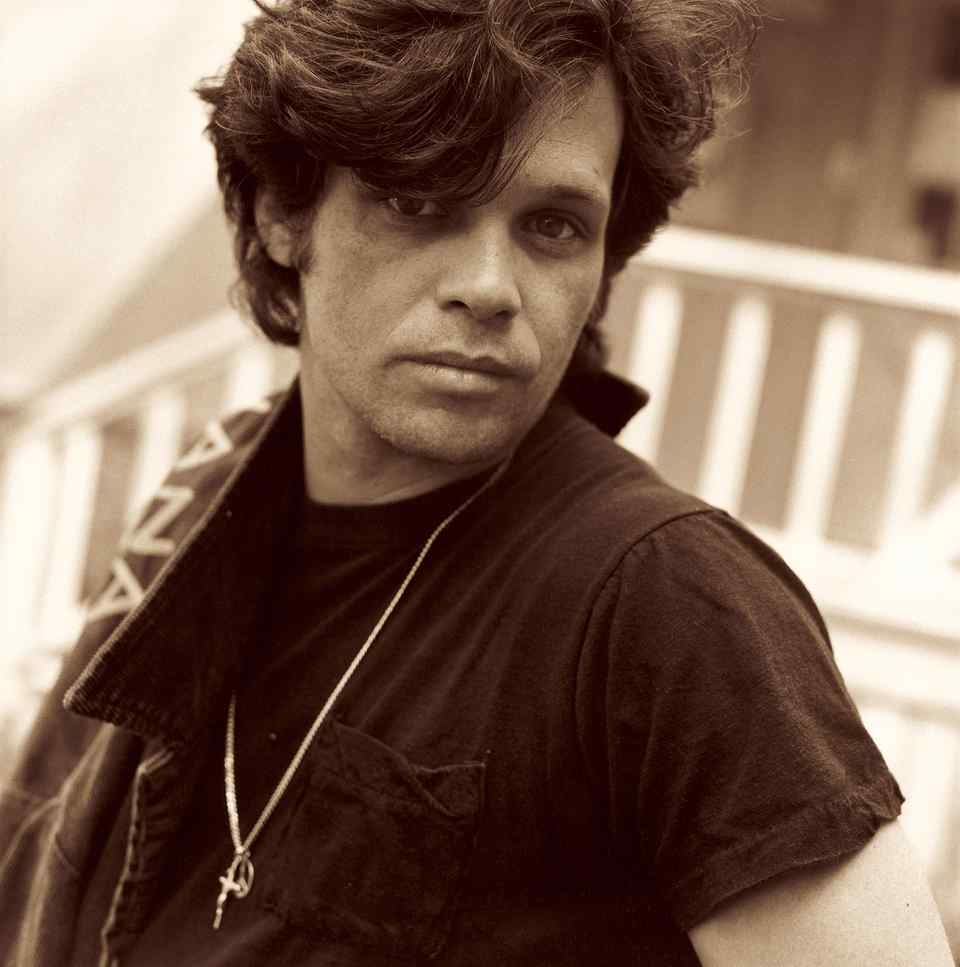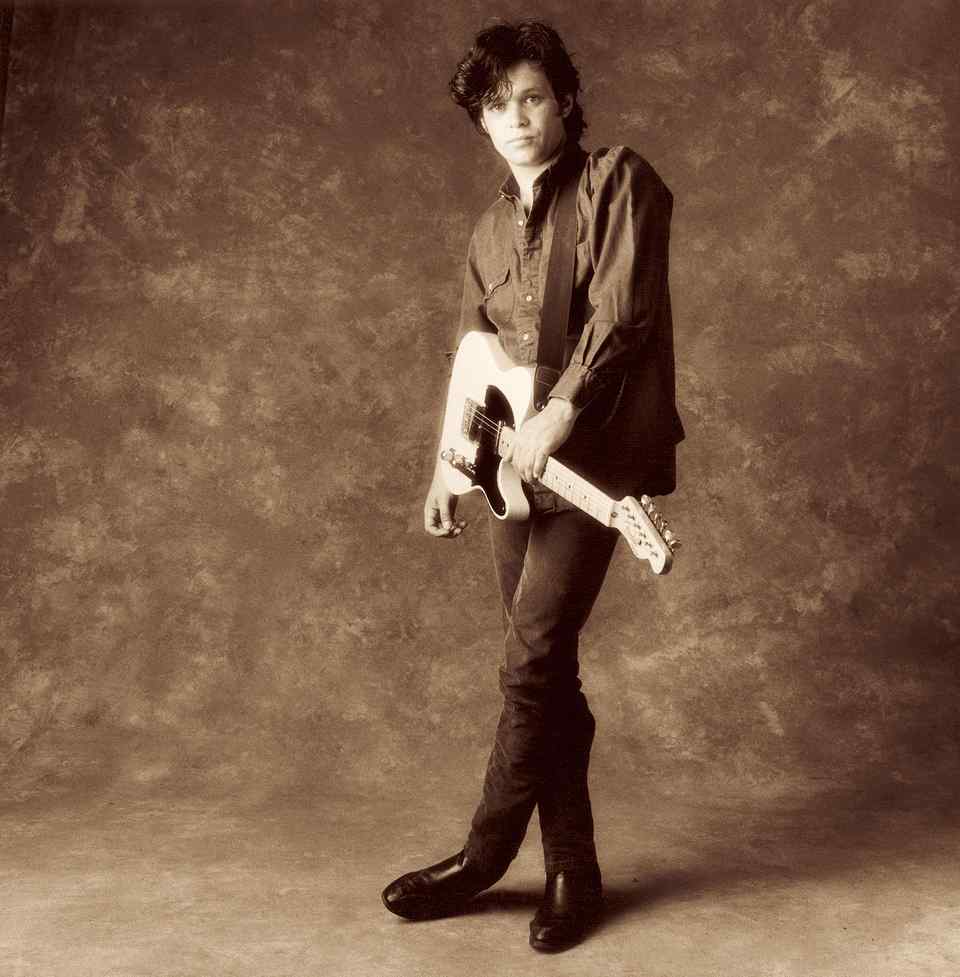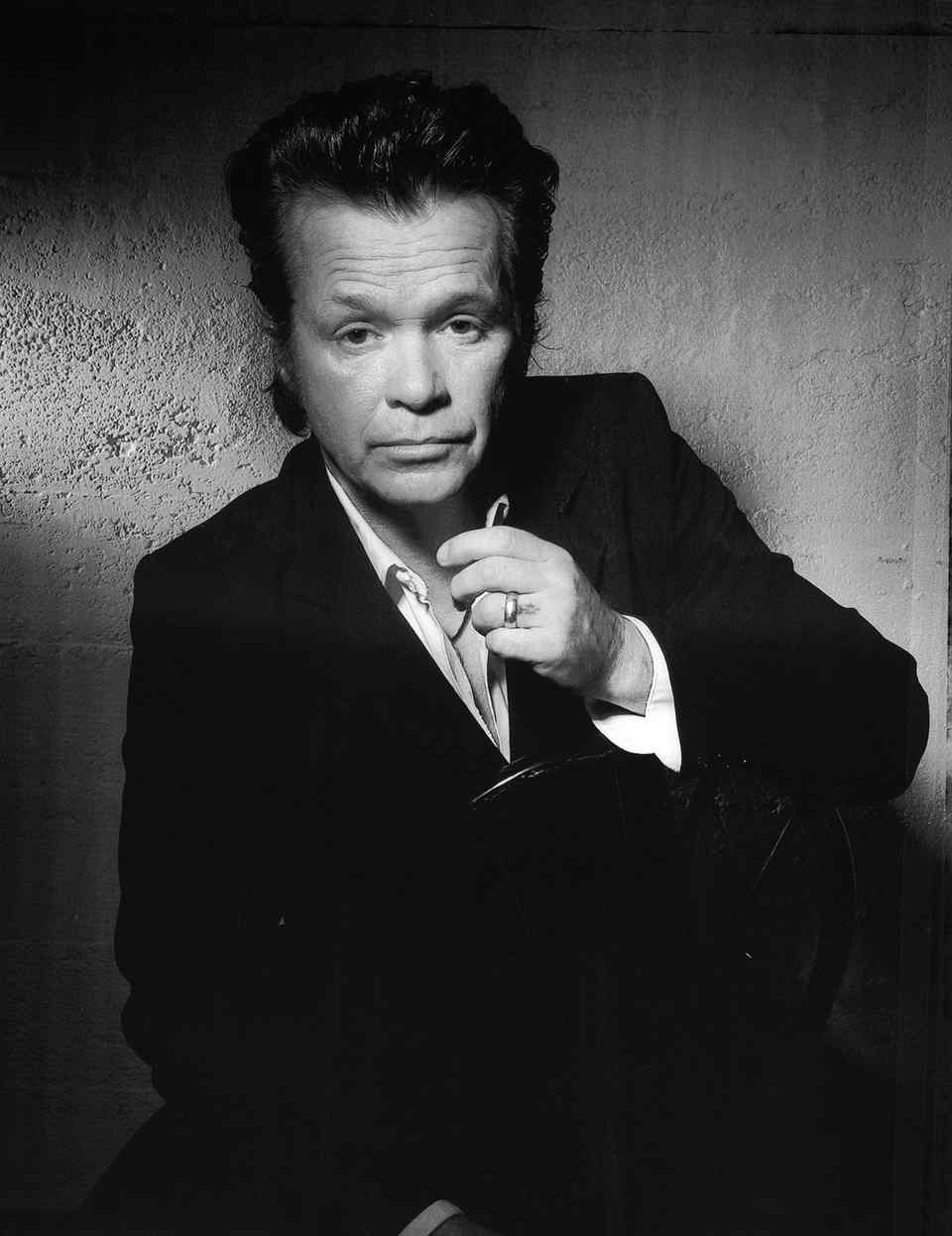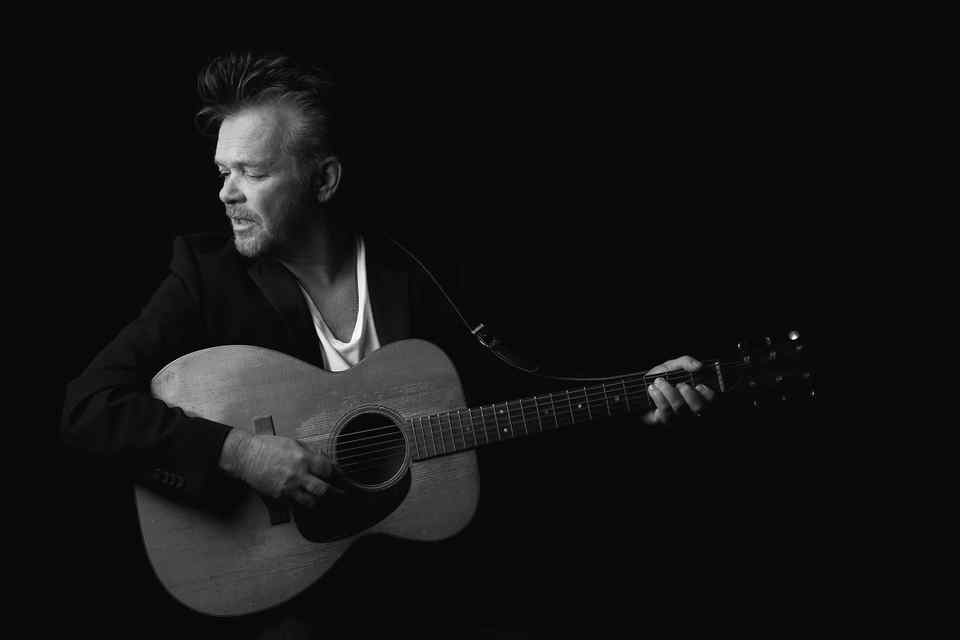Indiana Public Media: John Mellencamp/Stephen King’s Musical: Fact Or Fiction?
John Mellencamp/Stephen King’s Musical: Fact Or Fiction?
By SARA WITTMEYER - Indiana Public Media
Listen to the audio interview with John and Stephen
HERE
Mellencamp says Ghost Brothers is about an actual incident that happened at a
cabin he owned in Indiana and that he has documents supporting his story.
John Mellencamp and Stephen King’s musical, Ghost Brothers of Darkland County premieres Thursday night in Bloomington.
John Mellencamp has had opportunities to make musicals. He could have made one like Mamma Mia that focused on his hits through the years. It would have likely been a huge success on Broadway. But instead he settled on a darker path, working with King on an adaptation of a ghost story close to his hometown.
Mellencamp Explains The Plot
By John Mellencamp’s account, the ghosts of three young people actually haunt a cabin he owned in the nineties near Lake Monroe.
He tells the story this way:
“It’s a dark night in 1935. Two young brothers and a girl they both kind of like are drinking and just hanging out at a cabin south of Bloomington. The boys get into an argument in front of the fireplace and one brother hits the other one in the head with a fire poker. The girl and the other brother go to get help, but driving into town they lose control of their car, go into a lake and drown. The next day when officials find the other brother dead at the cabin an animal had chewed off his head.”
More than a decade ago, he took the story to Stephen King and asked what he thought about collaborating on a show based on the tale.
“I’d never done a musical before and John had never done a musical and he came down to see me and we just kind of looked at each other and we said this is something really new and we said let’s edge out on a limb and try something,” said King Tuesday during a media event at the IU Auditorium.
With the master of horror on board, the two began work on Ghost Brothers of Darkland County.
“We did it all kind of ways sometimes we would do it over the phone. Sometimes, well quite honestly when we started we were doing it over fax, the Internet hadn’t even been invented yet,” laughed Mellencamp.
“It had been,” joked King, “but we didn’t know how to use it!”
“John gave me the story and said what can you do with this. I did a treatment of it” says King, “and it was like 35 pages and in that I put well, you could put a song in here and you could put a song there and I remember saying here’s this flashback. This goes back to when he was a kid so it should have this kind of sad song and shows that he’s sad and lonely because his brothers are ignoring him. He sends me a demo two days later called My Name is Joe. It’s still in the show. It’s just terrific.”
The two describe the process of working with each other through the years on the project as a back and forth negotiation.
“Steve is really in charge of the story and of course he has much better ideas about the story than I do,” says Mellencamp. “We found out almost by accident that Steve was telling the story and I was doing the character development through the songs. I don’t know that we ever really discussed that, but it came to our attention pretty early on that the songs are talking about the people and how they feel and Steve’s story is moving it forward.”
Developing The Story
Mellencamp is vague about how true to life the show actually is. He says he has some old articles that detail the incident at the cabin. But any record of the deaths is hard to find. And it’s impossible that two of the teens could have drowned in Lake Monroe driving back into Bloomington to get help, because Lake Monroe didn’t exist until the 1960s, and Mellencamp says the incident happened in the 1930s.
“John did the real research,” says King. “He found some true detective magazines from the 1940s and told me some stories and I made the rest of it up. My idea about research is as little as possible.”
“My favorite thing about Steve when I first met him, I said, ‘Hey, Steve, do you do an outline when you write a book?’ and he said not since college and they made me. So we talk about research,” Mellencamp says, “that’s his research.”
Mellencamp says he sold the cabin to a doctor from Indianapolis. The supernatural things he thought he didn’t believe in, became real to him and others who visited.
“I stayed in that cabin,” says Mellencamp’s lead guitarist Andy York. “And I stayed in that guest house by myself and nobody was in the main house and I did walk in there and it was certifiably creepy.You just had this vibe that somebody was doing that to your neck. And I stood in front of the fireplace where the alleged murder occurred and then I got out of there.”
Mellencamp and King’s fictional story isn’t set in Indiana. They moved it to Mississippi and worked to capture the essence of the Delta.
“We kind of agreed with a kind of Gothic story what would be great would be to set it in the South with a field of bayous and swamps,” says King. “So we did that and we both read Tennessee Williams and watched the movies to try to catch a feel for the sound of it.”
The elements of a true collaboration are there: Mellencamp’s earthiness and King’s darkness. It doesn’t give you the happy ending you might expect on Broadway, but who knows whether this show will make it there or whether the last curtain will fall at the end of this Midwestern tour. Regardless, Mellencamp and King say it’s already a success.
“We like to entertain. And if people come to this show and they clap their hands we’ve got a success,” says King. “If people clap their hands and stand up, we’ve got a big success. That’s all.”
“And at that other end of that, I don’t’ work for anybody and neither does he,” says Mellencamp. “That’s what keeps us honest to ourselves, we don’t’ work for anybody.”
Mellencamp is not in the show, but he did perform one of the songs on the
album. Here he is with Lily & Madeleine, an up and coming sister duo from
Indianapolis.
Full tour dates are below:
October
10 – Bloomington, IN – Indiana University Auditorium
11 – Louisville, KY – The Kentucky Center for Performing Arts
12 – Knoxville, TN – Knoxville Civic Auditorium
13 – Asheville, NC – Thomas Wolfe Auditorium
16 – Nashville, TN – Ryman Auditorium
17 – Evansville, IN – Aiken Theatre at The Centre
18 – Indianapolis, IN – Clowes Memorial Hall
19 – Akron, OH – Akron Civic Theatre
22 – Columbus, OH – Palace Theatre
23 – Bloomington, IN – Indiana University Auditorium
24 – Ft. Wayne, IN – Embassy Theatre
25 – Madison, WI – Overture Hall
26 – Rockford, IL – Coronado Performing Arts Center
29 – Milwaukee, WI – Riverside Theatre
31 – Minneapolis, MN – State Theatre
November
1 – Sioux City, IA – Orpheum Theatre
2 – Ames, IA – Stephens Auditorium
3 – Davenport, IA – Adler Theatre
5 – South Bend, IN – Morris Performing Arts Center
6 – Grand Rapids, MI – DeVos Performance Hall
